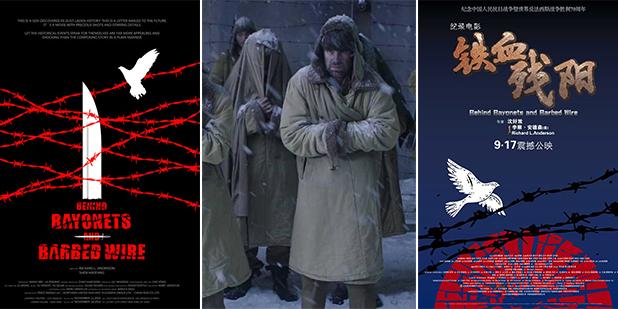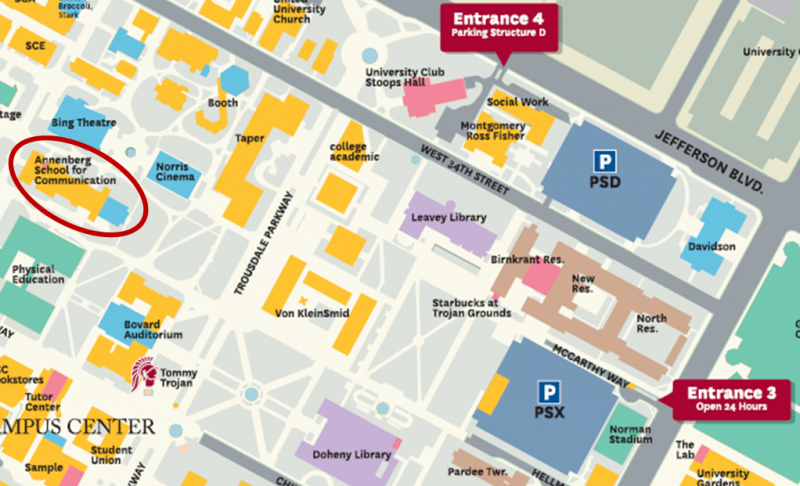Happy Lunar New Year from the USC US-China Institute!
Screening - Behind Bayonets and Barbed Wire
The USC U.S.-China Institute presents a screening of Behind Bayonets and Barbed Wire (铁血残阳), the story of American prisoners of war, held by the Japanese in a camp in Shenyang, China, during WWII. The screening will be followed by a discussion with director Richard Anderson.
Where

Synopsis
The Story of American POWs in World War II, who were surrendered after their heroic and hard fought defense of the Philippines. They were sent to the city of Mukden (today called Shenyang) in Chinese Manchuria by the Japanese Army, where they were condemned to spend the rest of their lives working as slave laborers in factories to produce war materials for their enemy. This is the story of men’s fight to survive the brutal winters, disease, and even more brutal guards, while secretly resisting in any way possible. As General Jonathan Wainwright put it, they were “men locked away behind the bayonets and barbed wire of cruel jailers.”
Directed by Richard L. Anderson and Haofang Shen
Visit the website for more information.
Trailer
Director's Statement, by Richard L. Anderson

Since 2015 was the 70th anniversary of the end of the war, it was decided to first make a documentary version of this story to catch this historical date. Though we did not have a long schedule, producer Liu Yangeng expertly put together a team of Chinese filmmakers, headed by veteran director, Shen Haofang, to capture the actual stories of some of the men, who lived through this difficult time. We planned our project through email and Skype from both sides of the Pacific. Then, with the help of Ao and Pat Wang’s Mukden Remembrance Society, we were put in contact with former POWs still living in the U.S. I flew to Washington DC to see what film and photos I could find in the U.S. National Archives and there met Director Shen, face to face, along with his skilled team when they flew in from China.
What followed was a fascinating journey, as we all traveled a winding path across the U.S. to record the stories of this amazing group of men. They are all in their nineties and varied in the quality of their health, but they all still had an indomitable spirit. But our journey was not always a happy one. Some men, who were scheduled to speak with us, became ill and canceled, after we had traveled a long distance to meet them, and one passed away not long after we interviewed him. But this adversity only spurred me on that we must get their life stories on film since they are all disappearing quickly.
Director Shen, who speaks Japanese, interviewed a number for people in Japan, including a former male army nurse, who had worked at the Mukden camp, to get the other side of the story.
Then, inspired by these men’s stories, we edited historical film from that period with filmed recreations of their stories—many shot in the actual camp and its buildings (now a museum)—to tell the extraordinary tales of men pushed to their limits by cruel jailers and how they fought back in any way possible.
These men, often called “The Greatest Generation”, lived up to their reputation and revealed to us incredible stories of death, hardship, resistance, and their ultimate victory. I am proud to have met them and only hope that they, and their families, will enjoy this film as much as I do.
Director's Statement, by Haofang Shen
 The documentary film “Behind Bayonets and Barbed Wire” took the Mukden Allied POW Camp, established in Shenyang 70 years ago, as the entry point to develop the plot. The film told the stories of POWs by interviewing the former prisoners or their relatives, combining recreations of their experiences and historical records. This documentary also tried to structure a unique WWII panorama by presenting the little-known stories to the audience.
The documentary film “Behind Bayonets and Barbed Wire” took the Mukden Allied POW Camp, established in Shenyang 70 years ago, as the entry point to develop the plot. The film told the stories of POWs by interviewing the former prisoners or their relatives, combining recreations of their experiences and historical records. This documentary also tried to structure a unique WWII panorama by presenting the little-known stories to the audience. 
Featured Articles
We note the passing of many prominent individuals who played some role in U.S.-China affairs, whether in politics, economics or in helping people in one place understand the other.
Events
Ying Zhu looks at new developments for Chinese and global streaming services.
David Zweig examines China's talent recruitment efforts, particularly towards those scientists and engineers who left China for further study. U.S. universities, labs and companies have long brought in talent from China. Are such people still welcome?






